FPV Drones: The Weapon That Changed Modern Warfare
Modern military conflicts are evolving rapidly, with unmanned aerial vehicles (UAVs), particularly FPV (First Person View) drones, at the forefront of this transformation. Their speed, agility, and ability to perform complex missions have made these devices crucial in today’s military arsenals.
What Are FPV Drones?
FPV drones are unmanned aircraft controlled using a video signal from an onboard camera. Operators use goggles or screens to view real-time footage, giving them a "first-person view" of the flight. This provides precise control, enabling drones to perform high-accuracy maneuvers and tasks.
Military Applications
Reconnaissance and Surveillance: FPV drones can discreetly gather intelligence and stream live video from hard-to-reach areas. Their ability to move swiftly at low altitudes makes them effective for real-time data collection.
Kamikaze Drones: Recently, FPV drones equipped with explosives have gained popularity. They are used to attack enemy vehicles or infantry, penetrating fortified structures and delivering significant damage with precise control.
Mine Detection and Clearance: Some drones are equipped with specialized sensors for minefield detection or other demining tasks.
Technical Features
Modern FPV drones boast impressive specifications:
- Speed: Some models reach speeds of up to 160 km/h, making them fast-moving and difficult targets to intercept.
- Agility: Advanced flight controllers enable complex maneuvers, allowing drones to evade air defenses.
- Range: Modern signal transmission systems offer control distances of up to 10 km, expanding their operational capabilities.
- High-Resolution Cameras: Provide clear imagery necessary for mission accuracy.
The Role of FPV Drones in Conflicts
FPV drones play a critical role in combat operations, as demonstrated in recent conflicts. Their deployment can quickly alter the course of operations, granting significant advantages. They are especially effective in asymmetric warfare, where technological superiority can determine outcomes.
Challenges and Drawbacks
However, FPV drones also face issues:
- Vulnerability to Electronic Warfare: Modern electronic warfare (EW) measures can disrupt or intercept drone communications.
- Limited Autonomy: Drone batteries restrict flight duration, complicating long missions.
FPV drones have become an integral part of modern warfare, continuing to shape how conflicts are fought. Their evolution will depend on technological advancements and military strategy adaptations.

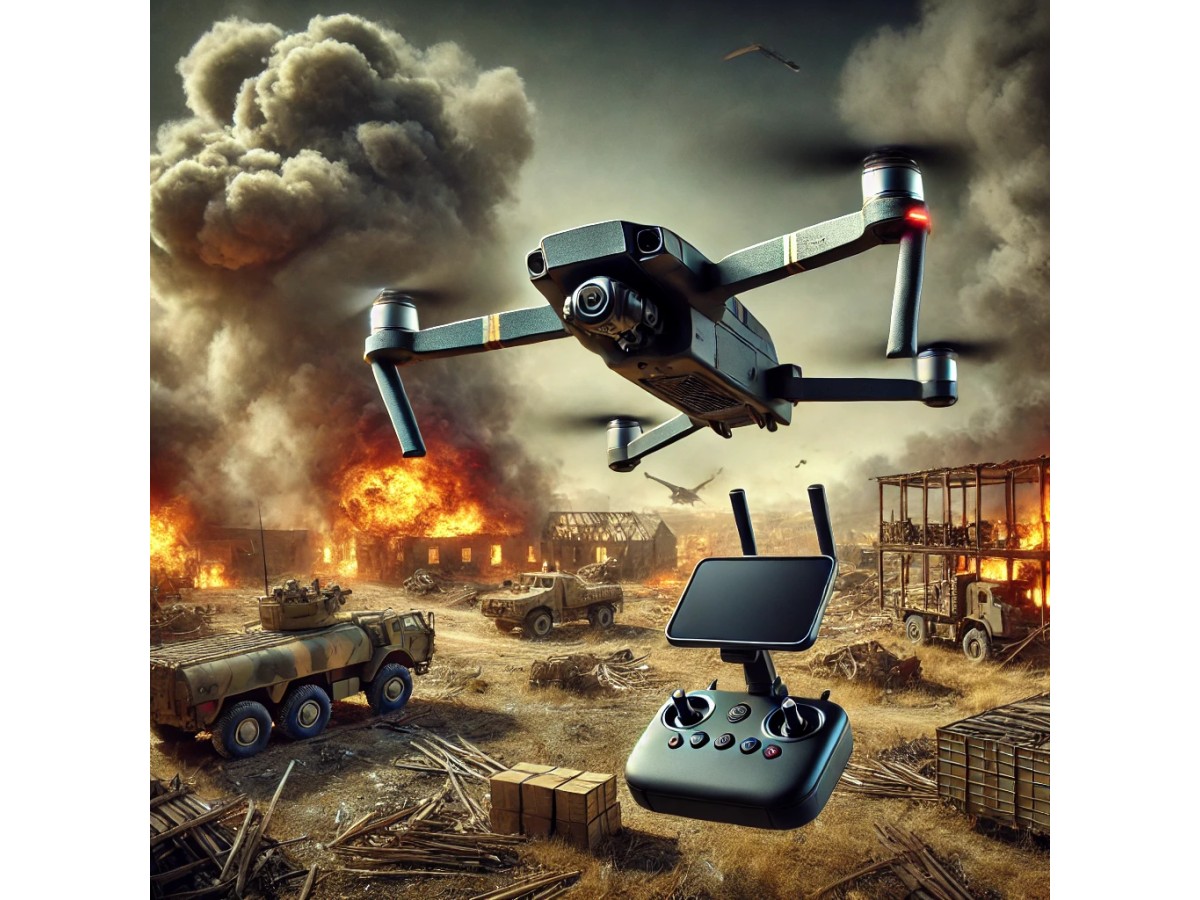
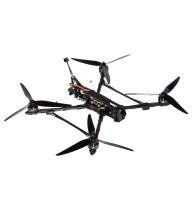
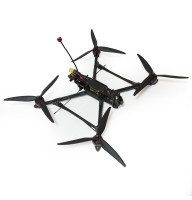
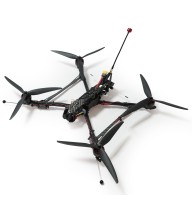

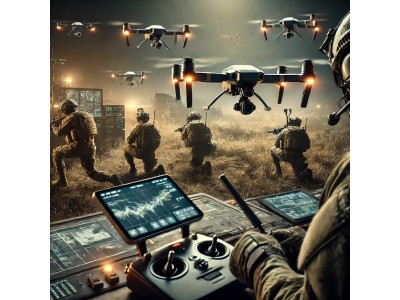
-400x300.jpg)
Write a comment